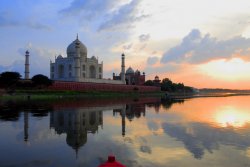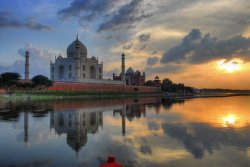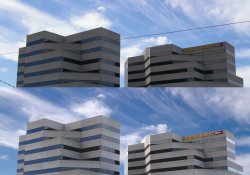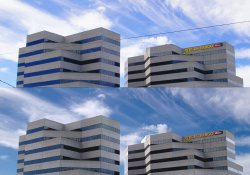I placed an order for the MC-36 remote shutter release, but the retailer (Roberts Imaging) was out of stock when I had to fly out. Naturally I would have mounted the camera on a tripod and used the remote release, but in practice I could do neither. Many of the shots were taken with the camera resting on someone's shoulder. (We've got to improvise whenever necessary.)wisredz said:Ah! I've got to ask ou that question! I have been trying to find a way to let the d200 take all the photos with only one click of the shutter release. I know that as long as I press down the shutter release in CL or CH mode it takes pictures atomatically but I'd like to take all these photos without having to press the button down.
I try bracketing wit 5 shots with 0.7 or 1 EV increments but I'd rather do all the bracketing with one shutter release press...
What settings do you use?
Nevertheless, to answer your question, I did the following (quite simple actually):
1. Continuous shooting mode to CH.
2. Press and hold the BKT button and rotate the rear command dial to set 5 exposures centered on 0.
3. While keeping BKT pressed, rotate the front command dial to set EV 1.
Now compose the scene and hold the shutter button down until 5 clicks are heard. This is where the remote release would have really helped! I held my breath, secured the camera with one hand, and held the shutter release down with the other.
No magic, just have to wait until 5 clicks have expired. Be sure to unset both BKT mode and CH mode afterwards if you're going to take a normal picture. (I made this mistake a few times!)










